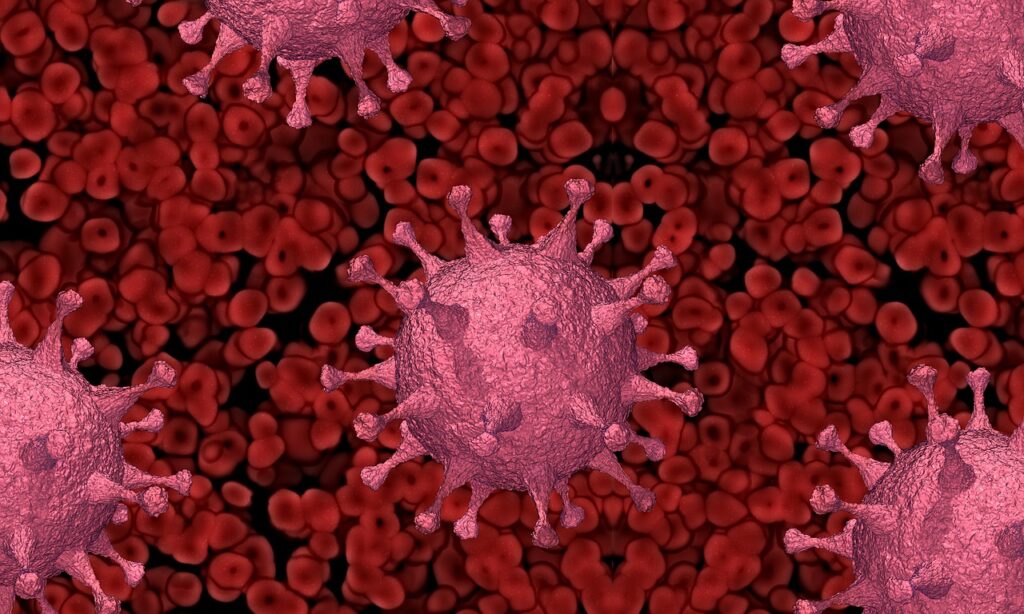David Carter’s “Our Mysterious Lives” takes the reader through the nuances of the AIDS epidemic in the early 1980s, emphasizing parallels and differences with more recent COVID-19 pandemic. While the COVID-19 pandemic appears more widespread because to its longer length and worldwide impact, investigating the history and particular difficulties associated with the AIDS epidemic illustrates the complexities of both health catastrophes.
The public’s opinion of both of these pandemics differs significantly. In the beginning of the 1980s, AIDS was vilified as an illness that mostly affected the gay population. This view hampered early response attempts and increased discrimination. In contrast, COVID-19 was previously viewed as a global menace that affected people of all backgrounds. COVID-19 awareness and collaborative response were accelerated and more inclusive, because to technological improvements and global communication.
The technical and medical landscapes also differentiate the two outbreaks. In the initial stages of AIDS, the world lacked the skills and technology required to properly address a viral catastrophe. It took years for the Centers for Disease Control (CDC) to recognize the virus and figure out how it spread. The lack of a vaccine for more than three decades has exacerbated the AIDS epidemic, highlighting the persistent difficulty in combating the illness.
The government’s and the public’s responses differ significantly. During the AIDS crisis, President Reagan and the US Congress were chastised for their silence and lack of funding, in contrast to the global mobilization and funding efforts seen during the COVID-19 pandemic. Religious figures increasing stigma by referring to AIDS as the “anger of God” hampered compassion for the sufferers.
The discovery of “patient zero” was a watershed moment in the AIDS narrative. Initially identified with gay males in California, the CDC encountered opposition while contemplating closing gay bathhouses. However, as the inquiry progressed, it became evident that AIDS afflicted not only men but also women and newborns. As study continued, it was discovered that the virus was predominantly transmitted by physiological fluids such as blood, semen, and mucus.
The AIDS epidemic taught us a valuable lesson about the importance of comprehensive blood testing. Initially, blood suppliers, notably the Red Cross, were hesitant to screen donated blood for AIDS due to cost concerns, resulting in a large number of infections from tainted blood transfusions. The book “Our Mysterious Lives” by David Carter has explained the comparison between both the COVID-19 and AIDS so exquisitely to understand the origin and causes of these two.

